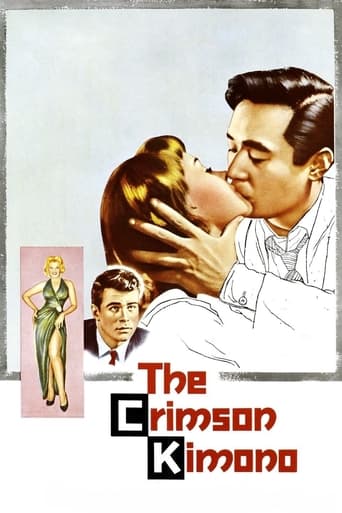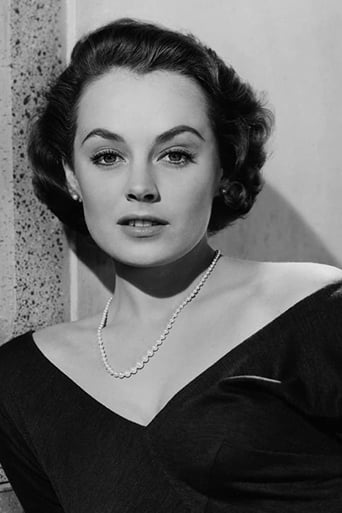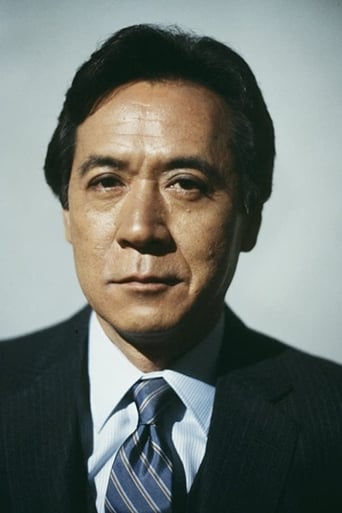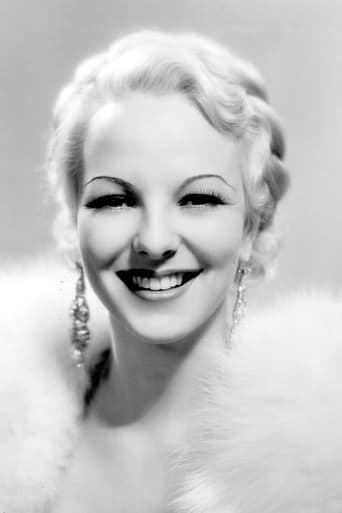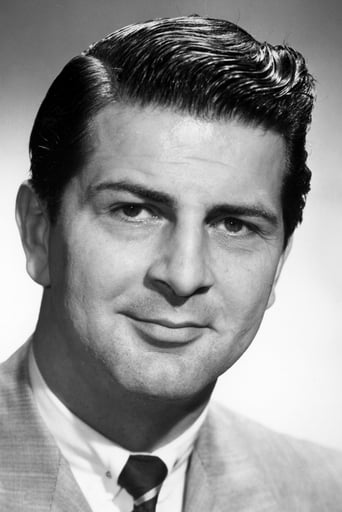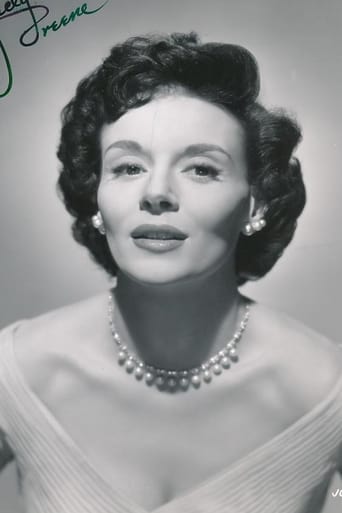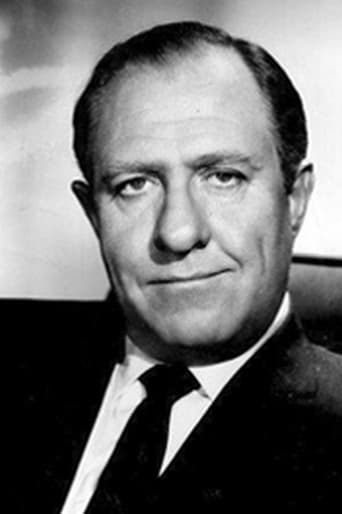A Los Angeles detective and his Japanese partner woo an artist while solving a stripper's murder.


Similar titles
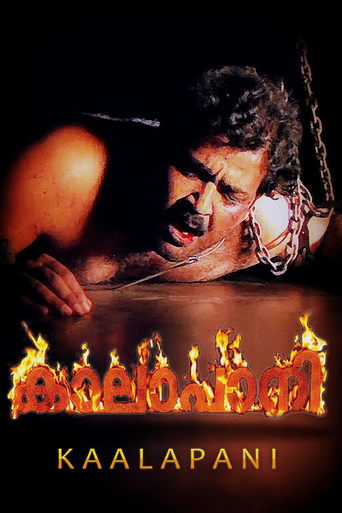

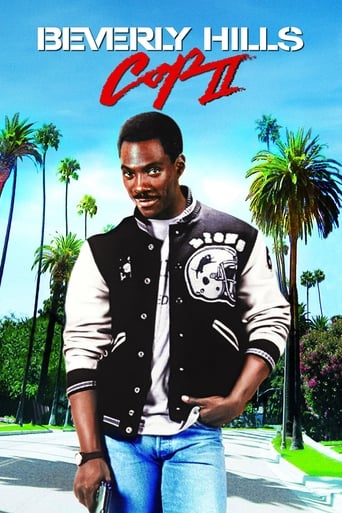

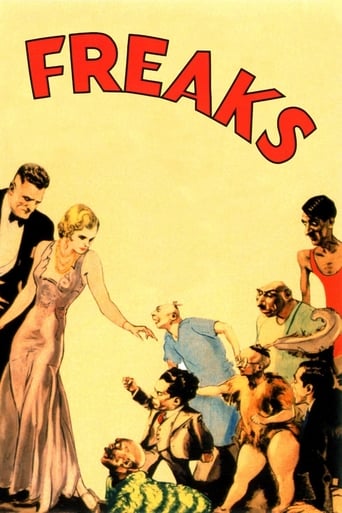


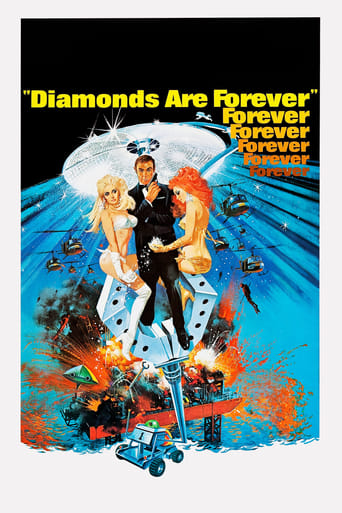
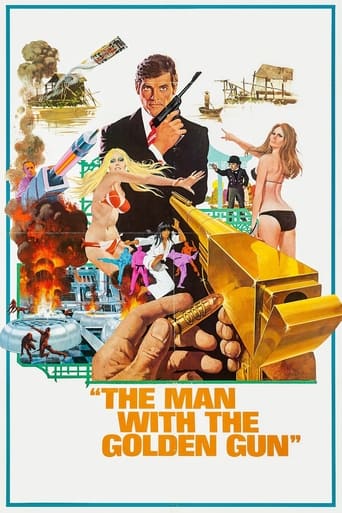
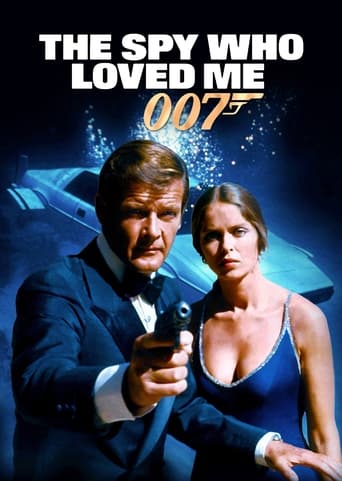
Reviews
"The Crimson Kimono" (1959), directed by "cult" filmmaker Samuel Fuller, comes from the tail end of the film noir period; a year later it would have been classed as a neo-noir. As it is, it's an excellent little thriller, well acted and bolstered by a particularly good script, courtesy of Fuller himself.This screenplay is also among the oddest in the dark world of noir: after an exhilarating opening scene detailing the killing of burlesque queen Sugar Torch, the story of the hunting down of the murder takes a backseat to a (for then) ground breaking inter-racial love triangle, with American LAPD cop Charlie Bancroft (Glenn Corbett) and Japanese LAPD Detective (James Shigeta) falling for Christine Downes (Victoria Shaw). There is no negative stereotypes here and of the three Shigeta gives the best performance, however all the acting is to an admirably high standard, as is Fuller's characteristically brilliant use of long takes, aided by Oscar winning cameraman Sam Leavitt.Fuller's movies always had an extra vibrancy to them, and this no different with surprisingly modern feeling editing by Jerome Thoms and sharp direction. A classic noir that deserves to be as well as known as Fuller's other crime greats, this one not to miss.
This movie, though flawed is definitely worth seeing. Definitely the love triangle overtakes the murder in significance. That is OK in itself but it means that the details of the murder are dealt with and wrapped up rather sloppily. At least another 10 minutes or so could have rounded things out much better. They seemed in a hurry to make their points. Also, I will never buy into the movie habit which sees so many people fall seriously in love in a few hours of real time.The cinematography works well in black and white and delivers a good feel. The race relations theme was bravely and openly addressed. Placing the East Asian man as a real romantic force, as opposed to a menace or threat, was still adventurous at the time for Hollywood. (East Asian women, on the other hand, had been well established as legitimate love interests) Hollywood seemed to have been very interested in making James Shigeta into a star male lead. He was given a number of lead roles in the late 50s/early 60s but then they pushed him off into supporting roles. I can see why. It was a chore to come up with plausible roles for him that the public of the day would buy into. More fundamentally, he struggled at time with his delivery. Here, both he and Corbett are forced to deliver a good bit of overdone jargon. Corbett, who was never a big star nonetheless handles it better than Shigeta. He didn't deliver with the kind of strength that a lead role generally requires.
Sam Fuller directed "The Crimson Kimono," starring Glenn Corbett, James Shigeta, Victoria Shaw and Anna Lee, and this 1959 film is not your usual detective noir. Corbett and Shigeta are Charlie Bancroft and Joe Kojaku, buddies from the Korean war and now partners in the LA Police Department, who investigate the death of a stripper. In the course of that investigation, they meet a beautiful artist (Shaw) and both men fall for her; she in turn falls for the gentle and intelligent Joe. This tests the relationship of the two men, and when Joe sees Charlie's reaction, he assumes it comes from Charlie's latent racism.This is an odd film, not as good or as well done as Fuller's Pickup on South Street, but good nonetheless. Part of its success is due to the persona and performance of James Shigeta, for a time one of the biggest Asian-American stars ever. "The Crimson Kimono" was the first feature film for both Shigeta and Corbett, and they handle their assignments well. Fifty years later, Shigeta is still working; Corbett worked steadily until his death in 1993. Anna Lee is on hand giving a vigorous performance as an alcoholic artist; the late Victoria Shaw is beautiful but doesn't register much as Chris, the love interest of both men.There are a couple of problems with this ambitious script, one being Joe's claim that he had never experienced racism. That's impossible if he was in California when World War II broke out; it's a naive statement he wouldn't have made. The other problem is that all of the love connections seem instantaneous, though that seems to be a very "noir" thing. Nevertheless, the story holds interest, the performances are good, the atmosphere authentic, and Sam Fuller always has something to say, if only we'd listen
Sam Fuller is one of the few directors who improves when one sees his movies several times. Yeah, I know that his reputation is that of a director who enjoyed sensationalism too much, but he also knew how to use sensationalism like a spice in a recipe - not too much of it in all situations (the madhouse in SHOCK CORRIDOR is an exception), but enough to maintain our interest.Fuller once said that the story had to be a good one to make a good picture. Perhaps this truism sounds as simple as Coolidge's, "The business of America is business!" But like most people who dismiss Coolidge's comment as second-rate, they don't realize he meant that the American people see all means of employment as business and pursue it for advantage. He just said it in that laconic style of his. Fuller's truism is also correct at the simplest: good films have good stories. Yeah...but how many film directors and actors and producers get to work with good stories? Not that many - just look at the number of film flops each year.THE CRIMSON KIMONO starts off with stripper Sugar Torch (Gloria Pall) doing her normal act in some shabby theater on Main Street in Los Angeles. She is all smiles as she does the act, and then she leaves at the end, and her face shows the weariness of two or three shows a night on it. She heads for her dressing room, sees the theater owner and borrows a puff from his cigarette, and then heads for her door. She hears a shot - opens the door and sees a masked figure with a gun who fires at her. She runs out of the theater into the street and down into the street, where she is shot and killed in the gutter. While watching this three minute sequence (long because of the initial song and strip tease) I compared it to another sequence in a film noir of one year earlier: the opening three minutes of Welles' TOUCH OF EVIL, wherein Rudy Linnekar and his girlfriend drive off in a car that we know is going to blow up. Welles rarely got big budgets but did so on the 1958 film, and did the most he could. Fuller was given a larger budget than usual for THE CRIMSON KIMONO, and managed to get considerable mileage from it too. Both set the mood of the film quite well.The death of the strip tease star brings two L.A. Detectives on the case: Sgt. Charlie Bancroft (Glenn Corbett) and Joe Kojaku (James Shigeta). The two have been pals since serving in the Korean War together (Bancroft was badly wounded and Kojaku gave him a pint of his own blood). Now living together in a residential hotel they are assigned to this case...one with two few clues. The theater manager can only tell them that Sugar was going to move to Las Vegas with a new act called "The Crimson Kimono" wherein she is the prize in a battle to the death between a karate master and a Samurai. But they have some pictures of Sugar in a Crimson kimono, and start looking for the artist, as well as the fellow who would have played the karate master.Fuller loads his canvass with colorful types. Bancroft knows an alcoholic artist named Mac (Anna Lee) who knows all the artist talent in the L.A. area. After getting her a bottle of her favorite bourbon Mac goes to town, and the next day recalls the artist of the drawings, "Chris" is connected to some art school. It turns out "Chris" is not a man but a woman named "Christine Downs" (Victoria Shaw). Bancroft goes to interview her, and she recalls a man who was with Sugar - and draws a sketch of him. But Bancroft finds he is falling for her, and takes her to dinner as well as to headquarters to hand in the sketch. Kojaku in the meantime has found the person who was to be the karate specialist in the sketch, one Yuki. He tries to catch him, but finds it impossible.Chris's sketch gives her unwanted notoriety. While at her sorority house that night she is lured to the phone by the man who she drew, Hansel (Neyle Morrow). Someone shoots at her while she is on the phone. She is taken into protective custody by the two detectives, and Mac is used as a chaperon. They proceed to find Yuki and this time subdue him together. He finally tells them what he knows of the man known as "Hansel". We see them trace him, but he always seems one step ahead of them. Bancroft goes out one night to investigate, leaving Chris alone with Kojaku. The two get into a discussion of art and find they have much in common. In fact, Chris admits she is in love with Kojaku. This is troubling, for he feels the same way, but he knows Bankcroft loves her too.At this point the film seems to leave the film noir element and concentrates on Fuller's look at bi-racial love affairs, and racial bigotry. A lot of criticism is flung at Fuller for this because the eventual resolution of the noir plot is relatively mild compared to the bigotry theme or love affair theme. Actually Fuller keeps our interest in the new twist by the karate class mock duel that a jealous Kojaku turns into a violent attack on Bankroft. Also, the resolution of the noir plot deals with a second jealousy fueled murder, which makes Kojaku realize what has happened to him. And the final confrontation with the perpetrator ends in the gutter (during a parade) and somewhat compares with the earlier shooting of Sugar. Fuller pulled his story together well - he knew how to tell a good story.
